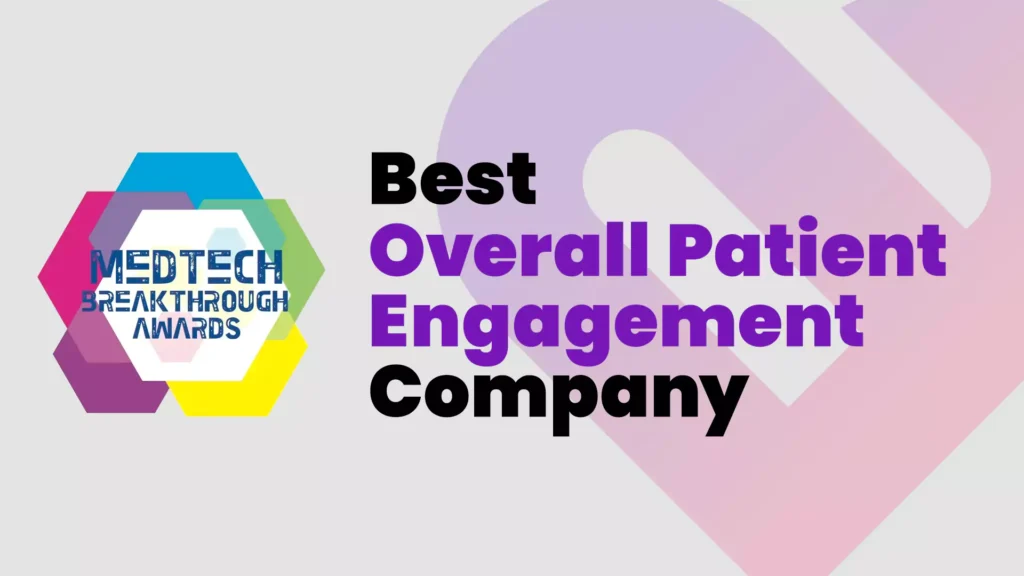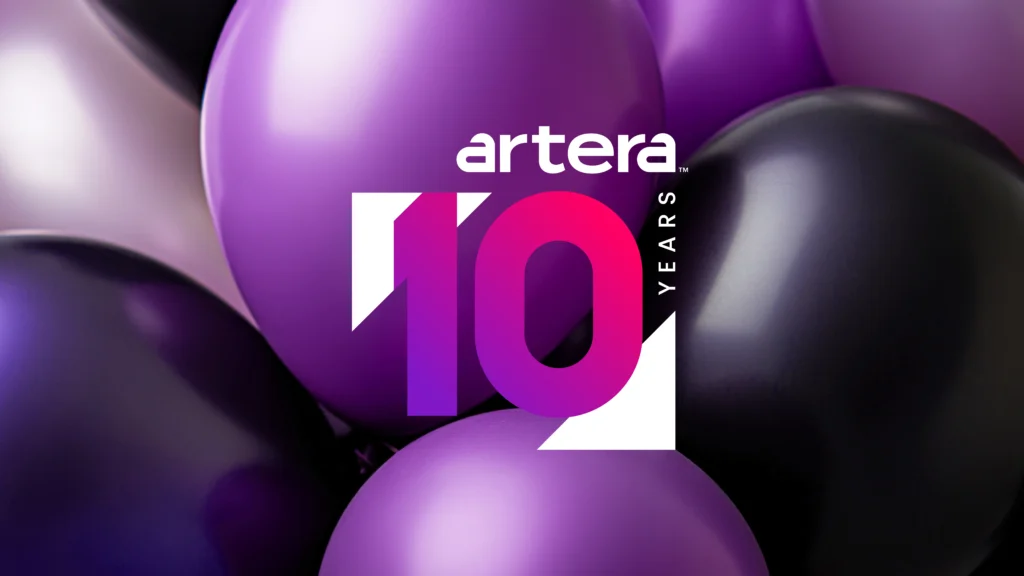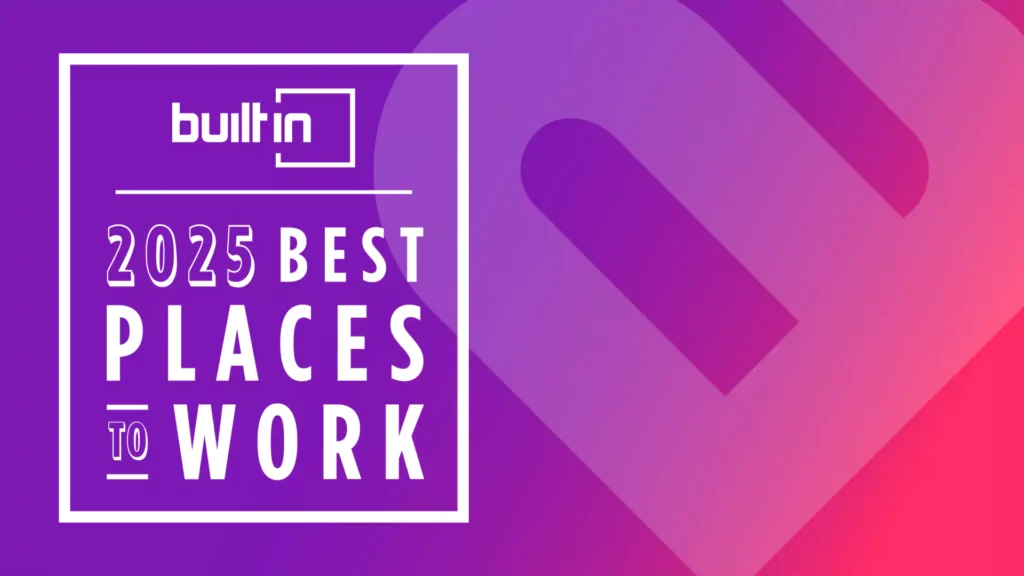SHARE:
[DISPLAY_ULTIMATE_PLUS]
Zack Leman joined WELL as employee number three.
Now a senior backend engineer, he was instrumental in developing WELL into a communication platform that serves some of the largest healthcare systems in the country. Here’s what attracted Zack Leman to WELL, why he loves working for a startup, and how he cultivates his creative side.
How did you learn about WELL?
I first met Gui in March 2016. At the time I was teaching iOS application development in San Francisco and living with Donny, who became the first employee with WELL. I later encouraged my friend Ruben to make the move to California to join WELL. He became employee number two.
Watching Ruben develop the web application really piqued my interest in the company. They were looking for someone to build out the back end. I thought it was risky. It was a four-person company. But, I liked that it operates in the healthcare space — not something like SnapChat, where you’re just building an app to take silly, ephemeral photos. This could actually have an impact and be meaningful to me.
I met him at a small windowless office, which was about half the size of this meeting room. Because it was so small, we had to go on a walk somewhere and ended up on a beach in Burlingame. He gave me the pitch of the company and I told him my background. That was essentially the interview. The next day I decided to join.
What sold you on the company?
It fit what I was looking for. It was a very early stage company doing something in a space that really had a problem that was worth solving and could have an outsized impact. There are so many problems and inefficiencies in healthcare, especially around communication. It seemed like a tool like Well could make a big difference. And, it’s a problem I’ve experienced too — having a hard time communicating with the front office staff. So it’s something I could relate to.
What were those early days like?
I was lucky in a sense because right after I joined, I found out that WELL had been accepted to the Techstars accelerator with Cedars-Sinai. That was a good sign because it meant there was some external validation. That is to say, the company was interesting enough and had enough of a value proposition to be accepted into the program.
Within a couple of months of joining, I moved down to LA for a few months. It ended up being a pretty fun time… and very intense. We pretty much gave up our lives for those three months and just focused on building out the product. Working with Cedars ensured that what we were building could fit the enterprise and match a variety of workflows.
During those three months, we probably learned more than we have in the rest of the time the company has been alive in terms of how the product should work. We nailed down the core concepts that you now see in the product, particularly the UI, messaging workflow, and automation.
Because we had a lot of resources at our disposal and had a tight demo-day deadline, we worked nights, weekends, pretty much nonstop. Shadowing people and seeing what other products they were using proved invaluable. And when we started rolling WELL out, we could see how they were using it. Being on-site was very valuable.
What did you especially enjoy about being with WELL so early on?
It was exciting! One of the things I love about being at a startup is that in that phase I could learn from Guillaume working on the sales side of things and Joe working on the product and integration side. So that was very valuable. It’s what I wanted to get out of working at a small stage company. You can learn from everyone working around you doing very different things.
The other great thing about being at an early-stage company is that you can play a large part in shaping how the product works and see your ideas make their way into the product. There was a lot of freedom and opportunity to wear many hats while we rapidly prototyped and expanded.
After Techstars, what was the pace of work?
It was a fast-paced environment where I could test out product and implementation ideas and learn new things at a pace that you don’t get to when working at a larger company. You can get it in contracting, which I did previously. I like feeling more connected to a product, which is why I wanted to join a company.
I still get to do that today. The pace has slowed down, which is a good thing. You can only sustain that level of work for a short period of time.
Did you follow the company down to Santa Barbara?
I still live in the Bay Area and work remotely. I like the balance and feel more productive when I’m not in an open office. It allows me to be more in control of when I have meetings or how often I experience interruptions. So, I get a lot more focused work done, which is good for me and the company. When I want to socialize with people on the team, I’m down here every month so it’s a nice opportunity to connect more deeply in person.
What do you do in your spare time?
Recently I’ve been picking up the piano again. It’s something I’ve done on and off and I’m trying to make more of a commitment to getting better at it. I play a wide variety of music and popular songs I hear on Spotify. I’m still taking lessons. I’m not great by any means.
I have always enjoyed building things, whether that’s designing a physical product, drawing, taking photographs, or making music. Everything I do stems from that. I got into photography in high school. High Dynamic Range (HDR) photography has become more popular in the last few years, but I began exploring it before it was popular. I feel it captures more of what I actually see with my eyes. It’s not just about capturing the scene in the photo, but also capturing the feeling of being there.
What do you enjoy taking pictures of?
I mainly shoot landscapes. My problem is that I have run out of things to photograph where I live, so I really have to take advantage of the time I get to travel. In the last year, I’ve gone to Kauai and Anguilla. I hope to travel more because I really enjoy being able to capture all of those moments.
You mentioned you spend a lot of time reading, what types of books are your go-to?
I enjoy learning as much as possible in my free time. Most of what I read is on trends in healthcare, technology, and emerging industries. I also take online courses. Most recently I enrolled in a machine learning course. I’m constantly improving my skill set so I can bring everything I’m learning and use it to help build the product at WELL — whether that’s ideas for how to make the product more effective from patient or staff perspective or what tech we can incorporate to build faster and more reliable software. I like knowing I’m up to date with things and that we’re not making decisions with incomplete information.
What are your career ambitions?
One day, hopefully in the near future, I hope to use what I have learned to go out and solve an important problem. It’s less about a specific problem right now, although I am interested in challenges with remote work, and more just about learning about as many challenges in various industries and seeing if I find a problem worth solving. It’s great to be at WELL, because I can see how the process of building a company works. Being able to shadow Guillaume is also really valuable.
Is that fairly common, for a CEO to welcome transparency and provide mentorship?
I don’t think it’s very common. So, I’m lucky to have that relationship with Guillaume. He’s open and not just looking out for what’s best for himself or the company, but also the people who work at the company.
I think that applies to our culture here. We care about people. We have a high bar for hiring new people and high expectations, and we treat each other well. That’s one of the reasons I’m still here — we have a good product and good people.




